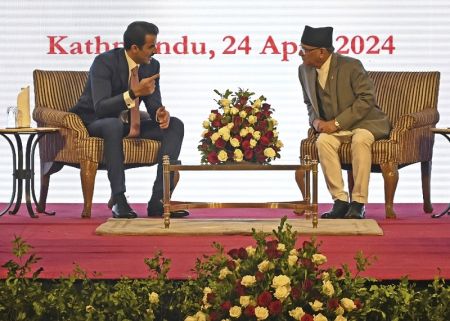Despite a surge in the working-age population, The employment ratio in Nepal has declined by 11 percentage points during 2000-23, said the World Bank in its new report. The bank's report titled 'South Asia Development Update- Jobs for Resilience ' states Nepal's small non-agriculture sector struggled to absorb an influx of labor from rural areas to the cities during the 2010s. "A subsequent surge in working-age population growth, fueled by return migration from Gulf countries during the pandemic, compounded employment losses during 2020–23," said the report. "As a result, Nepal’s employment ratio declined by 11 percentage points during 2000–23."
According to the World Bank, during 2000–23, employment growth fell short of working-age population growth and employment ratios fell in Bhutan, India, Maldives, and Nepal. "Across the region, employment ratios are well below those in other emerging markets and developing economies (EMDEs)," states the report. According to the bank, a rapidly growing real estate market, growing links between tourism and business services, and expanding digital services exports have combined to accelerate a shift of employment into services in Nepal during this period.
Whereas employment growth in other EMDEs was broadly steady in the first two decades of the 2000s, it accelerated in Bangladesh (as garment manufacturing boomed) and slowed in Pakistan (amid a series of debt crises). Men’s employment ratios declined by more than 9 percentage points in Bhutan, India, and Nepal. Despite preliminary data pointing to a sharp increase in women’s employment ratio in South Asia in 2023, women’s employment ratios in all South Asian countries, except in Bhutan and Nepal, ranked in the bottom quartile among other EMDEs.






















